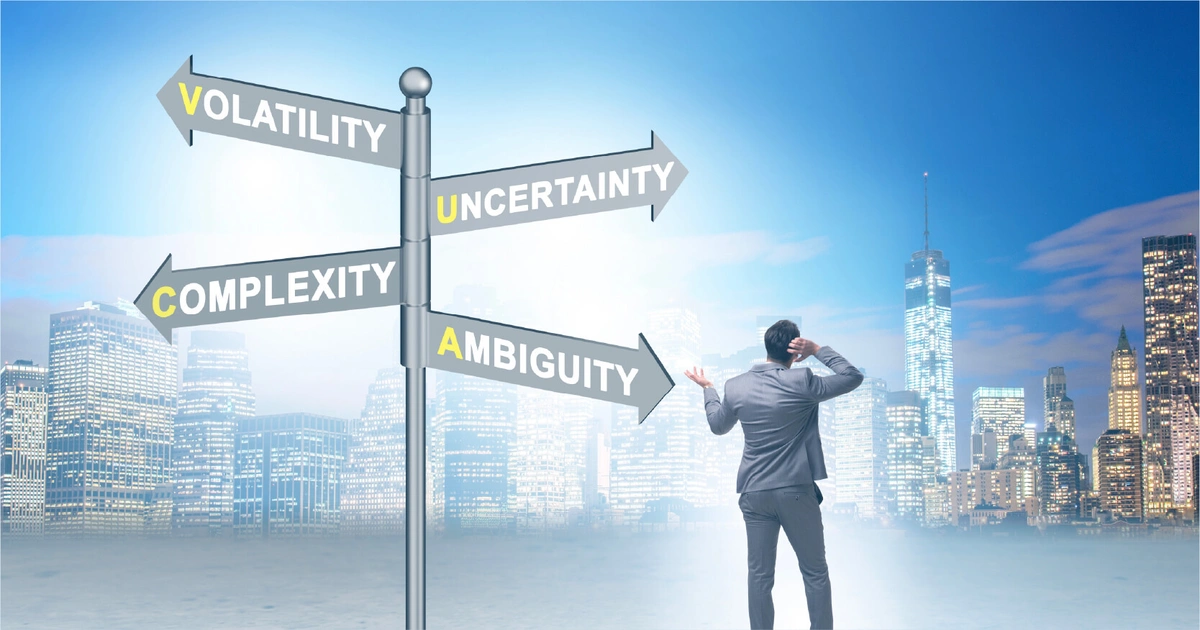
What if AI could tell CPGs precisely how to optimize trade spend planning?
In previous blogs, we have described how data science and analytics can help Consumer Products Manufacturers get more value from their trade spend plan. Benefits can be obtained from savings on operational activities, improving process efficiency, and incremental sales and margins when forecast capabilities and investments are optimized.
Is it possible to identify upfront when it is better to use AI or data science techniques and when it is better to rely on human expertise and discernment? Are there characteristics of the markets or use cases that lean clearly in either direction?
I decided to ask the question using AI and specifically, ChatGPT.
Here’s the answer I got:
The utilization of AI in trade spend planning offers significant benefits for CP companies across diverse market contexts. By leveraging AI algorithms and considering data availability, companies can optimize trade promotion strategies, enhance customer engagement through personalization, and improve overall efficiency and effectiveness. Whether operating in markets with ample data availability or those with limited data, a tailored approach that combines AI-driven insights with human expertise can optimize outcomes.
It sounds sensible. AI believes that the right approach in today’s VUCA (Volatile, Uncertain, Complex and Ambiguous) world, is to combine human expertise with AI power in most contexts.
The interesting part is how you might combine these two ingredients (human expertise and AI) because it is not a preconfigured recipe or fixed framework. The response can be reshaped and reinvented each time according to specific business needs, targets, market conditions and organizational skills.
Let’s take a look at a couple of use cases presented recently during some important industry events...
Confectionary & Snack Company
A European confectionery and snack company, working mainly in Eastern Europe, launched a project on promotions primarily to improve forecast accuracy. The route to market was quite diversified across countries and it involved a few big retailers and many small retailers, distributors and wholesalers. Promotional volumes were fairly split between a few big events and a multitude of activities planned with small individual impact.
Through proof of concept, they started to focus on a level of improvement and forecast accuracy for big events. But it became clear that the most important benefits came from the introduction of predictive models in the estimation of small activities. The dedication to human expertise were already providing reliable estimations on the big events. With predictive models, they were able to dramatically improve the accuracy of estimation with a multitude of small activities. However, due to the number of activities, there was no clear understanding of all small clients and less dedication to human expertise. Forecast accuracy provided by the salesforce for these events was far too good to be true. And the sum of the individual forecast improvement of multiple small activities, provided a significant enhancement at a total volume level.
Global Beverage Company
In another example, related to a sales planning project by a global beverage company, AI models were applied in different countries with data availability; market structure and penetration rates were completely different. Not surprisingly, the best level of accuracy in absolute terms was achieved in mature countries with a relevant set of consumption and shopper data. But even in the other countries, the level of accuracy of the models was lower and the benefits for the business were much more relevant. In these countries, the level of accuracy of estimation provided by models was better than forecasted by humans.
Human expertise was not enough to evaluate all the potential scenarios in such a complex and volatile environment. And because the salesforce recognized the additional value of these tools, they were adopted for emerging markets more easily than in the mature markets. A result not easily predictable upfront.
In summary, I believe 3 things:

Depending on several factors, AI and data science capabilities can provide different levels of value in very different contexts. Running a proof of concept to uncover all potential benefits is a good practice before executing a project.

It is not a matter of assigning an activity to AI or to humans. For promotions, customer plans, funds optimization, and so on, combining AI power with human expertise is still the winning combination and approach..

Level of confidence in predictive and prescriptive models is increasing rapidly but it is still low. To win with this and accelerate adoption will be the key to identifying relevant use cases for your business and exposing the entire sales organization to these new and inevitable technologies.
Get the latest news, updates, and exclusive insights from Vistex delivered straight to your inbox. Don’t miss out—opt in now and be the first to know!

